Dwyer is committed to aiding in the fight against COVID-19. We have several products that are used in hospitals and the production of ventilators. Ventilators are used to aid COVID-19 patients who have low oxygen levels, support their breathing, and bring oxygen levels to a safe range.
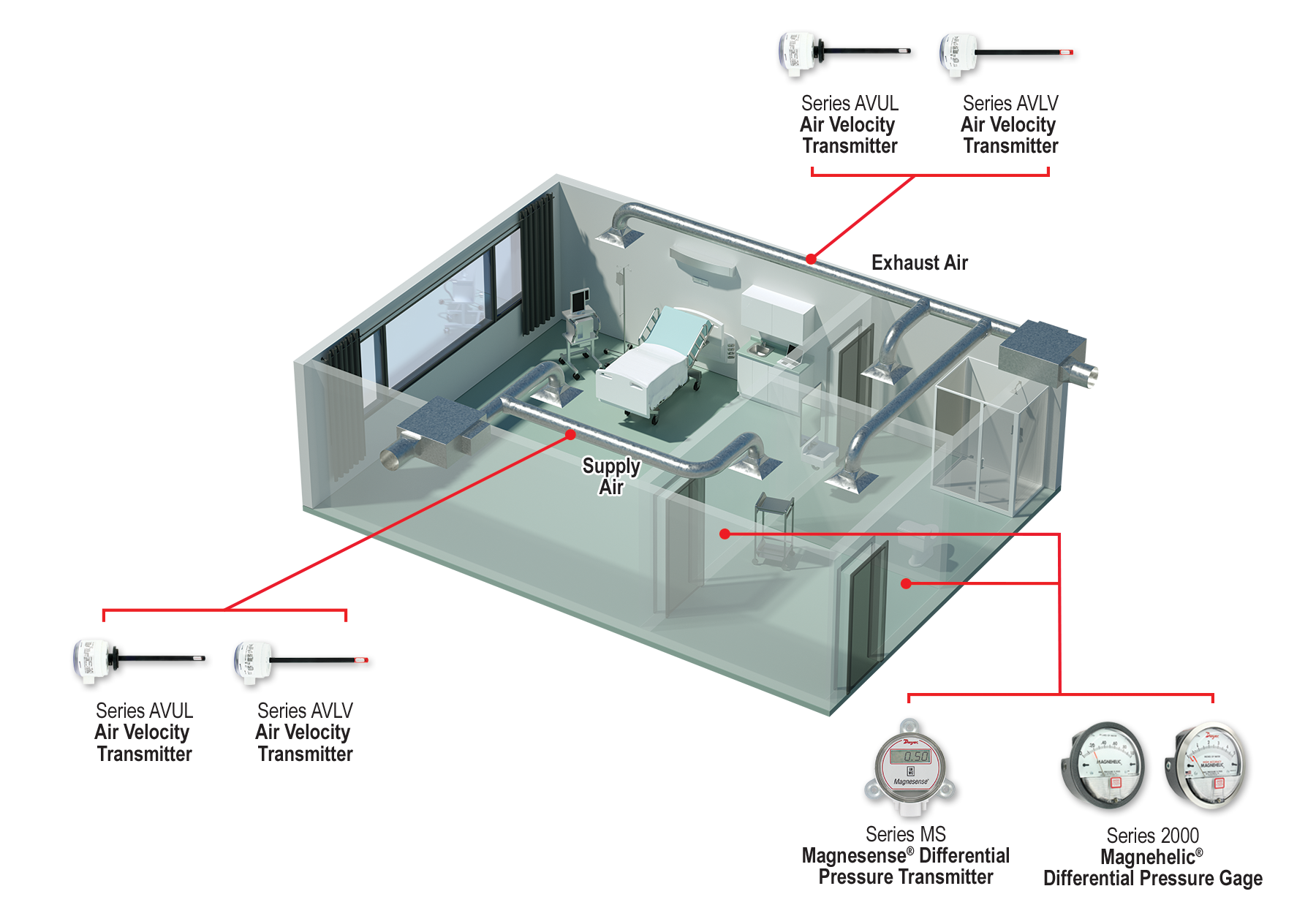
In addition, isolation rooms need to remain at specific pressures and air cycles, so as to not risk exposure of airborne contagions to other patients or healthcare professionals during treatment. Today we’ll be discussing some of the products that Dwyer manufactures that are used in these applications. Continue reading “Dwyer vs COVID-19 | Monitoring Air Flow & Pressure in Hospitals”


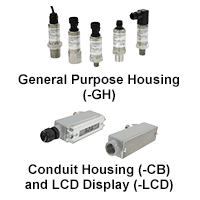
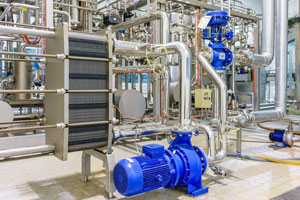 Many readers have likely heard the terms transducer and transmitter used interchangeably without much confusion. When searching the internet for either term, search engines provide nearly identical results. Are there any differences? The short answer is “yes”.
Many readers have likely heard the terms transducer and transmitter used interchangeably without much confusion. When searching the internet for either term, search engines provide nearly identical results. Are there any differences? The short answer is “yes”. 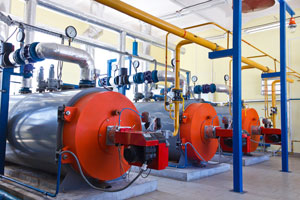
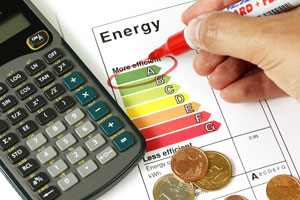 Energy costs are rising around the world. In the United States, the cost of electricity, natural gas, and coal are all expected to increase in 2020.
Energy costs are rising around the world. In the United States, the cost of electricity, natural gas, and coal are all expected to increase in 2020.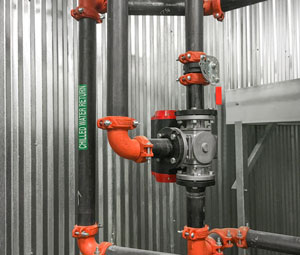
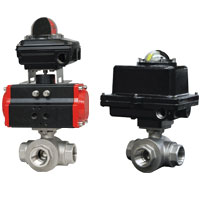
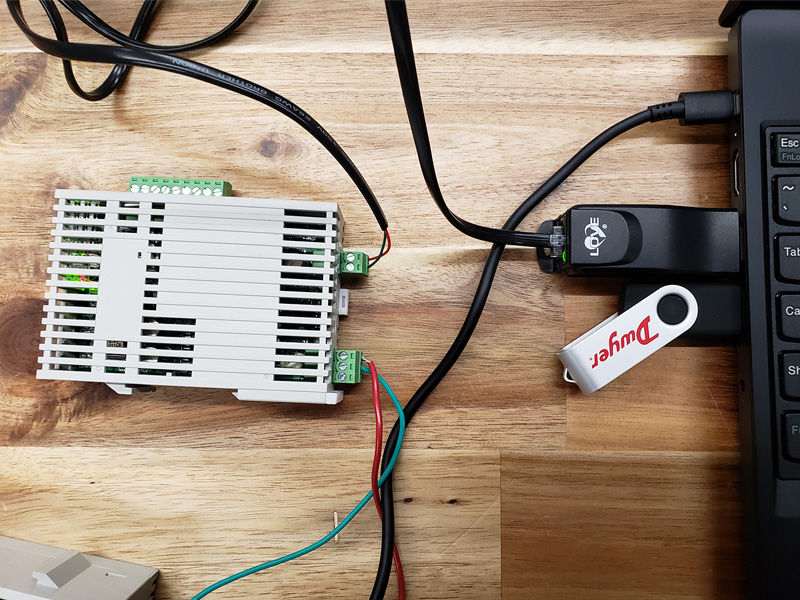
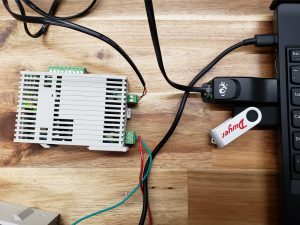 The
The